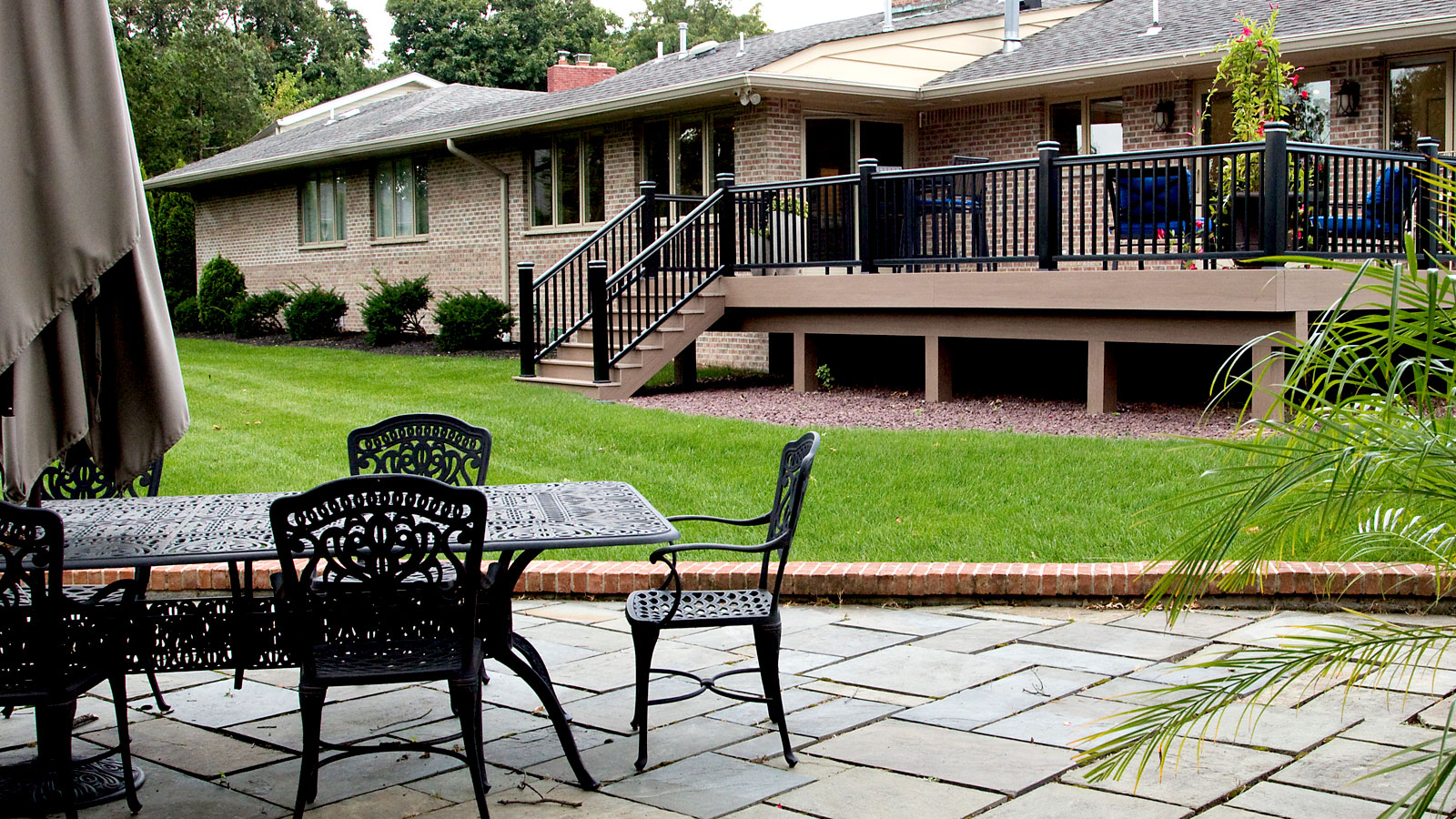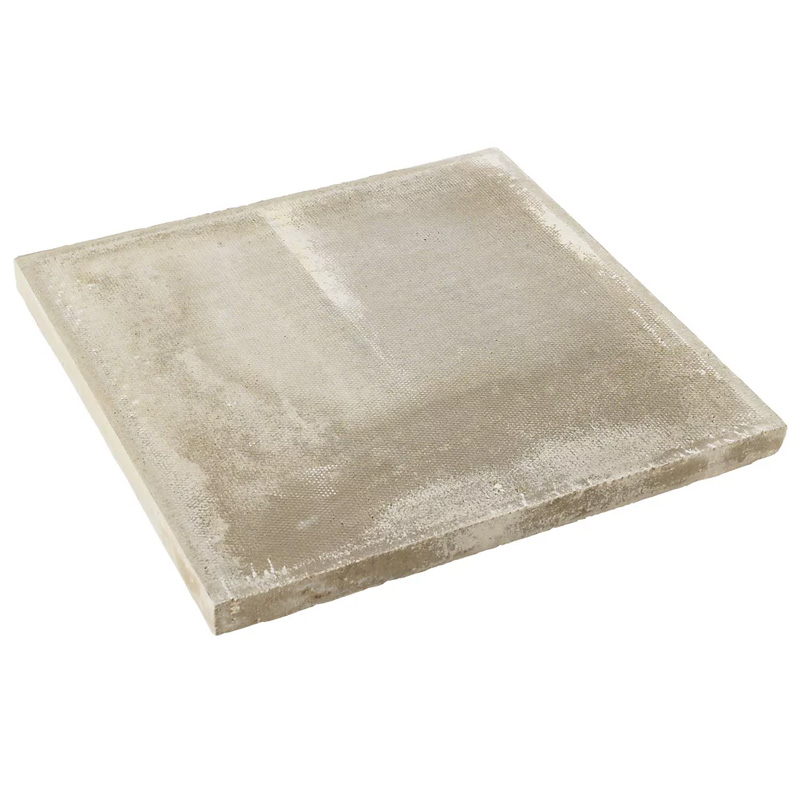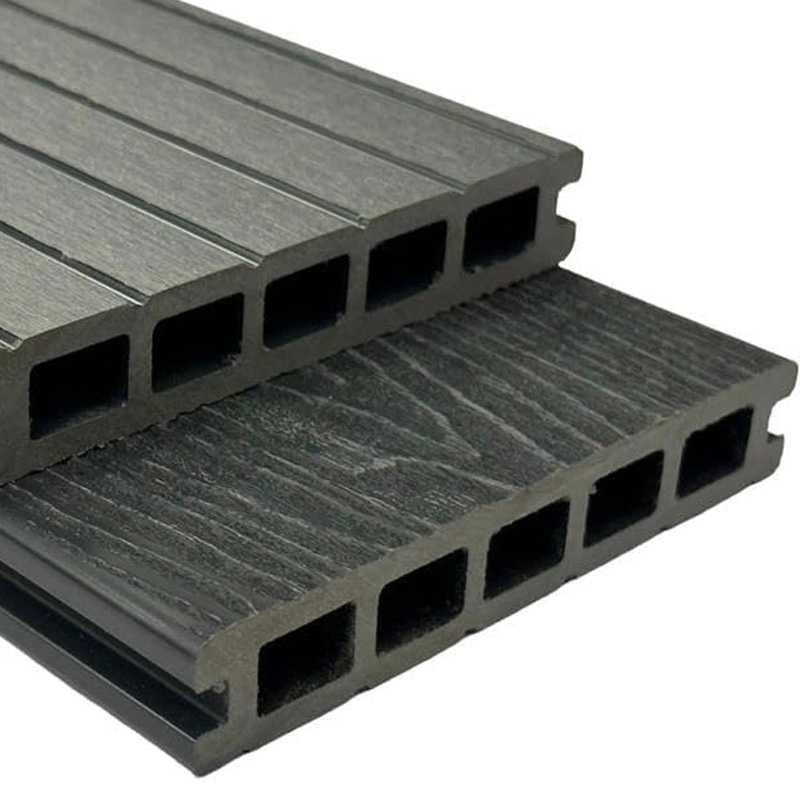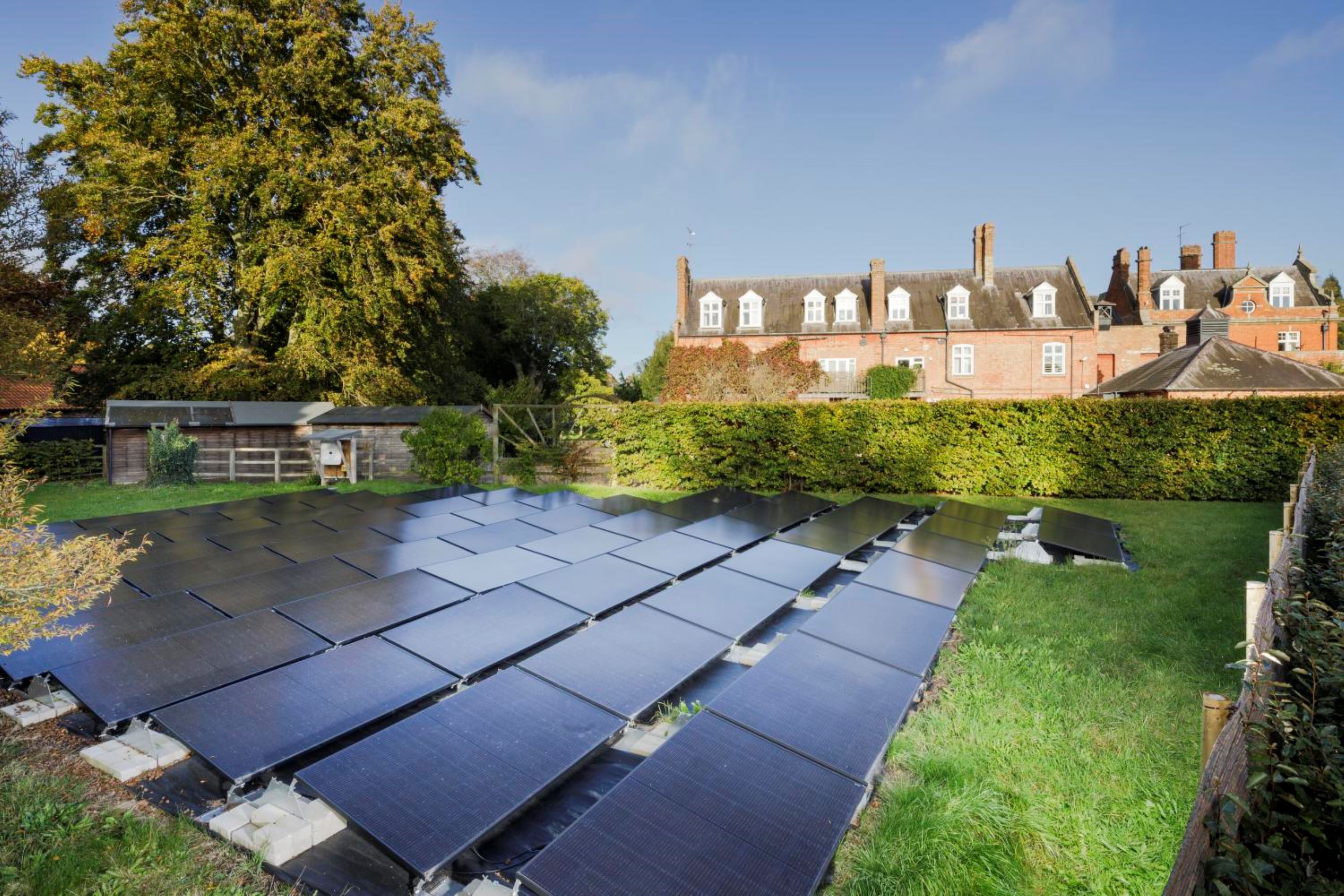Decking vs paving: Which is going to work best for your next garden project?
Decking vs paving is a common question when planning to build an outdoor space. Here we look at the pros and cons for both options

There’s a lot to consider when planning to turn an outdoor area into a permanent space to enjoy throughout the year. Decking vs paving are the common options, but there’s a lot to think about before making a decision on which will work best for you.
Are you going to install your smart new garden decking ideas yourself? Do you want an easy to maintain surface? Is your garden on a slope? These are just a few of the questions you need to answer before you make a choice between decking or paving. Follow the expert advice in this guide to help you make the right decision for you.

Mark has over 20 years of experience in the building sector and currently oversees Build & Plumb’s multi-million-pound operation. They supply top-quality products for DIYers, renovators, and trade professionals.
Decking or paving: Factors to consider
When making a choice between decking and paving, there’s a host of factors to consider before making a decision. Here we take a closer look at the different pros and cons of both.
1. Budget
As with most home improvement projects, budget is a big factor in the decision-making process. Mark Irving, decking expert at Build & Plumb, says, “Typically, decking is easier and more affordable to install than paving, so if you’re on a tight budget, decking is a good option.”
2. Durability
While decking can save on costs in the shorter term, paving can be a longer-term solution as Irving continues, “Paving is far more durable and long-lasting than decking, with an average lifespan of up to 30 years, whilst decking on average lasts about 15 years.“
He adds, “Therefore, paving is a better investment than decking as it typically lasts double the amount of time, so you’re sure to get your money back in the long run.”
3. Maintenance and cleaning
Decking maintenance will help ensure the longevity of decking, and the same applies to paving. However, paving needs less maintenance. Irving says, “Paving requires less maintenance than decking as the material is more durable and requires less frequent cleaning.”
He adds, “Wood can be more susceptible to weathering, so you may have to treat it once a year to maintain the quality of your decking.”
Keeping decking and paving clean is essential to keeping them looking good and prolonging their lifespan. Irving shares, “Wood can build up more dirt and debris over time, so it may require more regular deep cleaning than paving. Failing to maintain your decking can significantly reduce its lifespan by causing warping, splitting, and wood rot.”
4. Installation
Installation depends on the area to be paved or decked. Irving says, “If your garden is sloping or has uneven ground, then decking is a more suitable choice as posts can be used to elevate the decking and create a level surface.”
He adds, “Paving is harder to install on uneven surfaces as you will have to level off the ground, which is more time-consuming and expensive.”
Try this decking and paving on your next project

An affordable paving solution these slabs are made from reconstituted stone and come in a natural finish. Each slab measures 400mm x 400mm x 28mm.
Which is cheaper to buy?
Paving and decking costs can vary greatly depending on the materials used, size, complexity and ground preparation. A budget deck is typically the cheapest option, but hardwood decks can easily cost as much, or more than, lower-priced paving or patios.
Irving says, “Typically, for an affordable medium-sized softwood decking you can expect to pay £2000-£2300.” He adds, “However, this can increase to over £3000 if you install composite decking that is higher-quality and more durable.”
Paving is typically more expensive, as Irving explains, “Paving can be much more expensive, with a medium-sized patio with concrete paving costing around £3000.” Prices can double, he adds, “Higher-quality natural stone paving can cost around £6000.”
Beyond material costs, you also need to think about installation costs if you are not doing it yourself. Irving says, “Decking is quicker to install than paving, which means that the average labour costs are much lower.”
He adds, “Typically, installing decking takes one to two days, whilst paving can take up to four if not five days. This has the potential to cost an additional £500, if not more.”
Is decking or paving easier to install?
If you want to tackle a project yourself then decking is definitely the easier options as Irving shares, “Decking is far easier to DIY than paving as it’s usually installed with screws or nails that are much easier to handle.” You’ll need a few basic tools like this Evolution Power Tools Sliding Mitre Saw from Amazon for cutting boards, and an impact driver like this INGCO Cordless Impact Driver from Amazon for driving in screws.
But it's not just the tools needed, there’s a lot more groundwork involved with paving, as Irving shares, “In addition, when installing paving, it requires a lot of preparation as you will have to completely compact and level the ground, whereas decking can be installed on uneven surfaces using posts.”
He adds, “Paving slabs can be very heavy and hard to manoeuvre, which can make for a more time-consuming and difficult installation.”
If you decide on decking, you’ll want to know how to clean decking to keep it in good condition. If you go with paving, you'll want to check out our garden paving ideas. If you’re going to install it yourself, follow our guide on how to cut paving slabs.
Get the Homebuilding & Renovating Newsletter
Bring your dream home to life with expert advice, how to guides and design inspiration. Sign up for our newsletter and get two free tickets to a Homebuilding & Renovating Show near you.
Steve Jenkins is a freelance content creator with over two decades of experience working in digital and print and was previously the DIY content editor for Homebuilding & Renovating.
He is a keen DIYer with over 20 years of experience in transforming and renovating the many homes he has lived in. He specialises in painting and decorating, but has a wide range of skills gleaned from working in the building trade for around 10 years and spending time at night school learning how to plaster and plumb.
He has fitted kitchens, tiled bathrooms and kitchens, laid many floors, built partition walls, plastered walls, plumbed in bathrooms, worked on loft conversions and much more. And when he's not sure how to tackle a DIY project he has a wide network of friends – including plumbers, gas engineers, tilers, carpenters, painters and decorators, electricians and builders – in the trade to call upon.



